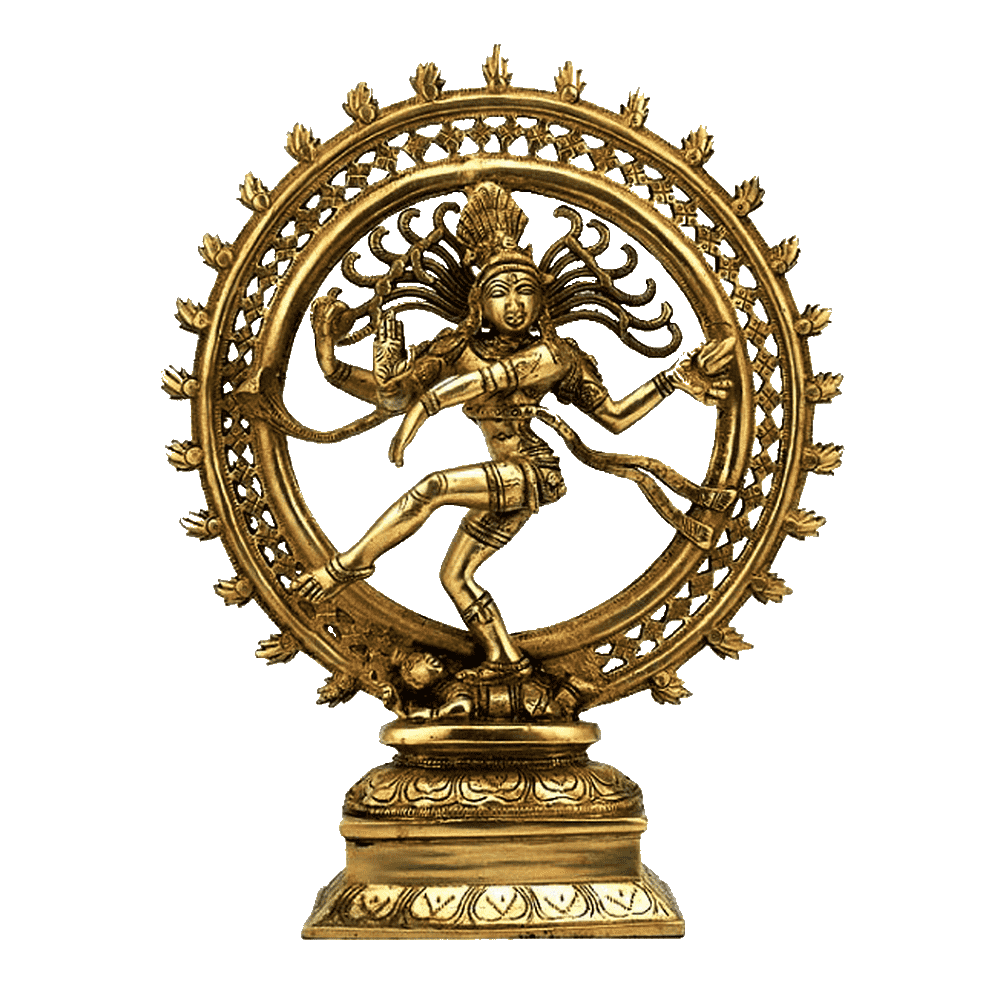
Tantras
Brief Overview of Tantra & How Many Tantra?
In Hinduism, the term “Tantra” refers to a diverse body of esoteric and mystical texts, practices, and rituals. Tantra is a significant aspect of certain Hindu traditions and is known for its emphasis on spiritual transformation, worship of divine energies (Shakti), and the union of opposites.
It is essential to note that Tantra is a complex and varied tradition with numerous texts, schools, and lineages. The number of Tantras in Hinduism is vast and not easily quantifiable. Different sources and experts may provide different counts, and the classification of Tantras can be somewhat subjective due to the diversity and overlapping nature of these texts.
Some sources estimate that there are hundreds or even thousands of Tantras in Hinduism, while others suggest that the number may be in the range of around 64 to 108 prominent Tantras.
Some of the well-known Tantras in Hinduism include:
Kularnava Tantra:
A significant Tantric text that explores various aspects of spirituality, yoga, and ritual practices. It delves into the worship of the Divine Mother, emphasizing the path of devotion, mantra, and meditation. The Kularnava Tantra also provides guidance on ethical living and the transformative power of the practitioner’s mind.
Rudra Yamala Tantra:
This Tantra focuses on Lord Shiva, his divine aspects, and rituals for his worship. It discusses esoteric practices, including the use of mantras and yantras for spiritual advancement. Rudra Yamala Tantra advocates the union of individual consciousness with the universal consciousness, symbolized by Shiva and Shakti.
Vishnu Yamala Tantra:
A revered text dedicated to Lord Vishnu, emphasizing the principles of devotion (bhakti) and righteous living (dharma). The Tantra details various forms of Vishnu worship, rituals, and meditative techniques to attain spiritual enlightenment and liberation (moksha).
Brihad Nila Tantra:
A Tantric scripture that worships the Blue Goddess, a form of Devi. It outlines a diverse range of tantric practices, including puja, mantra chanting, and ritual worship. Brihad Nila Tantra also explores the concept of Kundalini and its awakening through dedicated spiritual practices.
Kali Tantra:
Centered around Goddess Kali, this Tantra describes her fierce form and her role in destruction and transformation. It reveals rituals and meditative methods to invoke Kali’s power for protection, liberation, and spiritual growth. The Kali Tantra advocates transcending dualities to experience the ultimate reality.
Mahanirvana Tantra:
A foundational text in Tantra, elucidating the principles of divine energy (Shakti) and the methods to worship various deities. It stresses the significance of guru-disciple relationship and prescribes rituals for spiritual advancement, including the practice of mantra and yantra.
Shiva Samhita:
An ancient yogic text, focused on Lord Shiva’s teachings to his consort Parvati. It extensively discusses Hatha Yoga, asanas (postures), pranayama (breath control), and the concept of Kundalini. Shiva Samhita guides practitioners towards physical health, mental tranquility, and spiritual realization.
Gheranda Samhita:
Another important Hatha Yoga text, attributed to the sage Gheranda. It presents a systematic approach to yogic practices, including asanas, pranayama, mudras, and meditation. Gheranda Samhita aims to purify the body and mind, leading to self-realization and liberation.
Shiva Svarodaya:
A unique Tantric scripture that focuses on the rhythm of breath and its connection with the different phases of the moon and planets. It reveals the science of breath control to understand the body’s subtle energy channels (nadis) and optimize one’s activities based on cosmic rhythms.
Vijnana Bhairava Tantra:
A revered mystical scripture that explores 112 meditation techniques to experience the universal consciousness. It is a conversation between Lord Shiva and the Goddess Bhairavi, revealing methods to go beyond the limitations of the mind and perceive the infinite reality that pervades everything.
Conclusion:
These are just a few examples, and the list is not exhaustive. Each Tantra may have different teachings, rituals, and practices, and they are often associated with specific deities and spiritual paths. The study and practice of Tantra require guidance from qualified teachers and adherence to the traditional lineage and principles.
It’s important to distinguish that while Tantra is a part of some Hindu traditions, it is not representative of the entire spectrum of Hinduism. Hinduism encompasses a wide range of beliefs, practices, and philosophical schools, and Tantra is just one aspect of this rich and diverse religious tradition.
Editor – Kaalchakra Team
[ Note – Before Concluding anything as a Finale, Please Go through Original Scriptures of Vaidik Literature Written in Sanskrit and Also with Meaning of That time of Language. Because English is a Limited language to Explaining the Deeper Knowledge of Vaidik Kaal. ]
